Despite the rise – it's arguably more of an eruption – in the popularity of roof tents, one could say they sell themselves. Perched on top of your vehicle (especially if it’s something cool like a Land Rover or VW California van) they look wicked.
But by and large, friends and other people we talk to about roof tents are full of questions. What are they like? Are they easy to pitch? Are they worth the money? Are they comfortable? How many people can they accommodate? Queries of this nature.
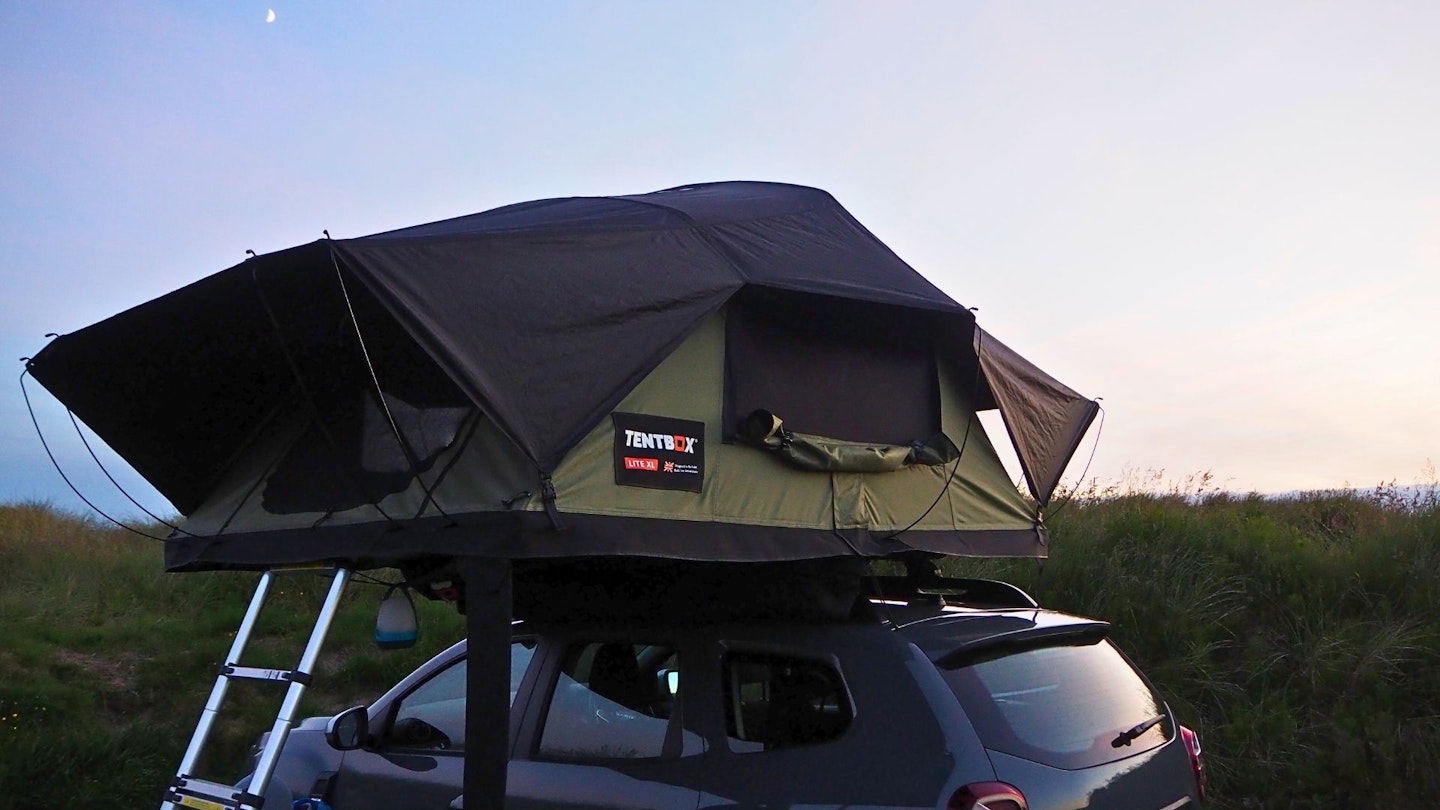
These are all very fair questions about a piece of camping gear that starts from around £1000 and spirals up beyond £3000 for top-end models.
Several members of the LFTO team have used roof tents for various trips over the years, but our five-day trip up to Scotland with a TentBox Lite XL was probably our most comprehensive use of one. To answer your questions about roof tents, this is our opinion of roof tent camping based on the experiences of that trip.
Trip summary
Length 5 days | Total distance driven circa 1500 miles | Time of year June | Roof tent model TentBox Lite XL | Group size 3 adults
How easy is it to fit a roof tent?
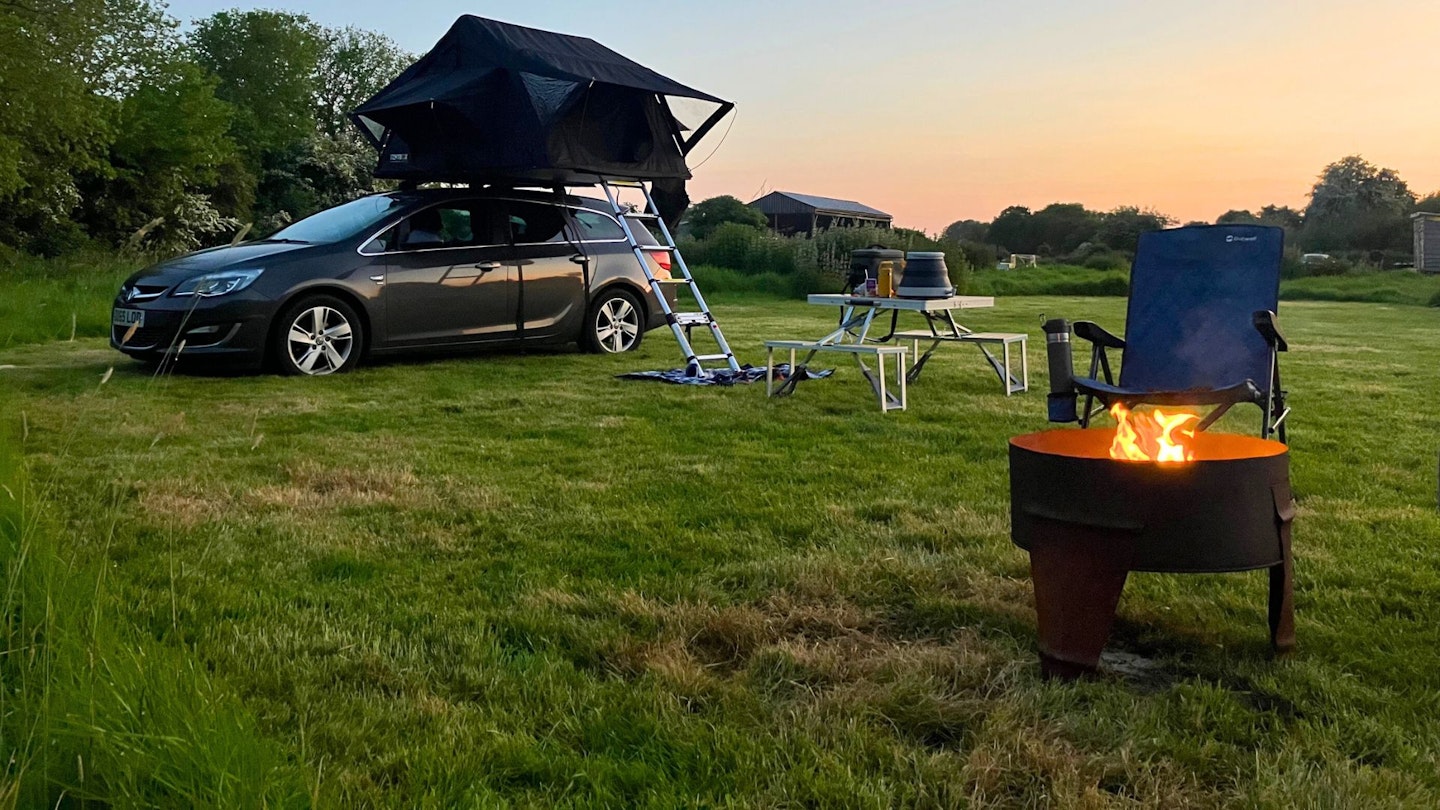
The roof tent we took on this trip was on loan from the brand and when we picked it up it was already fitted to the car, but we’ve fitted and removed roof tents on other occasions and it’s ideally a two-person job. Roof tents often weigh at least 50kg and are a bulky thing for a human to move.
Once it’s carefully on the car’s roof bars, it’s a simple process of securing the tent to the roof bars with fixing clamps. And once the roof tent is on, it’s best to leave it on the car for the season (most people use these things in summer). Fitting and removing a roof tent every weekend is a pain.
If you’re wondering about security, the weight and bulk of a roof tent is a deterrent in itself but you can also use security nuts that you screw on above the standard nuts to help prevent theft.
What’s it like driving with a roof tent fitted?

We’ve found that the effect a roof tent has on a vehicle is influenced by a couple of factors. One is the size of the car; the other is the type of roof tent.
The dynamics of a larger vehicle aren’t impacted by a roof tent as much as a smaller one. SUVs and vans tend to sway and tilt when going around corners and roundabouts anyway, and a roof tent doesn’t make too much difference. But on smaller cars like hatchbacks, which are lower and more stable than SUVs, a large 50-odd-kg package fitted to the roof is noticeable.
In terms of wind noise, we’ve found (unsurprisingly) that the roof tents that collapse down into a hardshell case are less noisy than those that use a soft road cover. On our Scotland trip the TentBox Lite XL we used had a soft road cover and wind noise kicks in from around 30mph and gets louder the faster you go. We’ve previously used a hardshell roof tent as well. There was some wind noise with that too but it was much quieter.

Wind noise is an indicator of aerodynamic efficiency too. We had a Dacia Duster for the Scotland trip (1.5-litre petrol, two-wheel-drive, medium-sized SUV). Dacia claims it averages 45mpg – that’s with combined urban and highway driving. On a road trip like ours where we were primarily driving on rural roads and on motorways, you’d expect the fuel economy to be better than the combined average but ours was about the same.
At speeds of 30-50mph the fuel economy was better than average for us – the roof tent didn’t seem to have too much impact (it was therefore very economical around the secluded northwest of Scotland), but at 60-70mph the roof tent had a noticeable effect on fuel consumption.
What’s it like pitching and taking down a roof tent?

In short: it’s a doddle. And in a crucial one up compared to a regular tent, it’s a doddle even in the rain.
Of the four nights away, it rained for one. Normally, you wish the rain away but because we were testing, we were glad of it. We had to make an early start the morning after it rained and our TentBox Lite XL had to be put away wet.

Because it folds over, we were expecting to open it back up at our next destination and find the interior damp too. But amazingly, it wasn’t. Whether or not a roof tent will keep the interior dry when packed away wet is a good question to ask when shopping around. Salespeople will probably say they will stay dry but try and get a demonstration to prove it.
Roof tents with soft road covers usually fold out and open like a pop-up picture book, with the flysheet propped up using struts. It’s genuinely a three-minute job. Hardshell roof tents are even faster (or should be if they’re properly ergonomic) because they unclip and pop up, making them about a 30-second job.
What’s a roof tent like to sleep in?
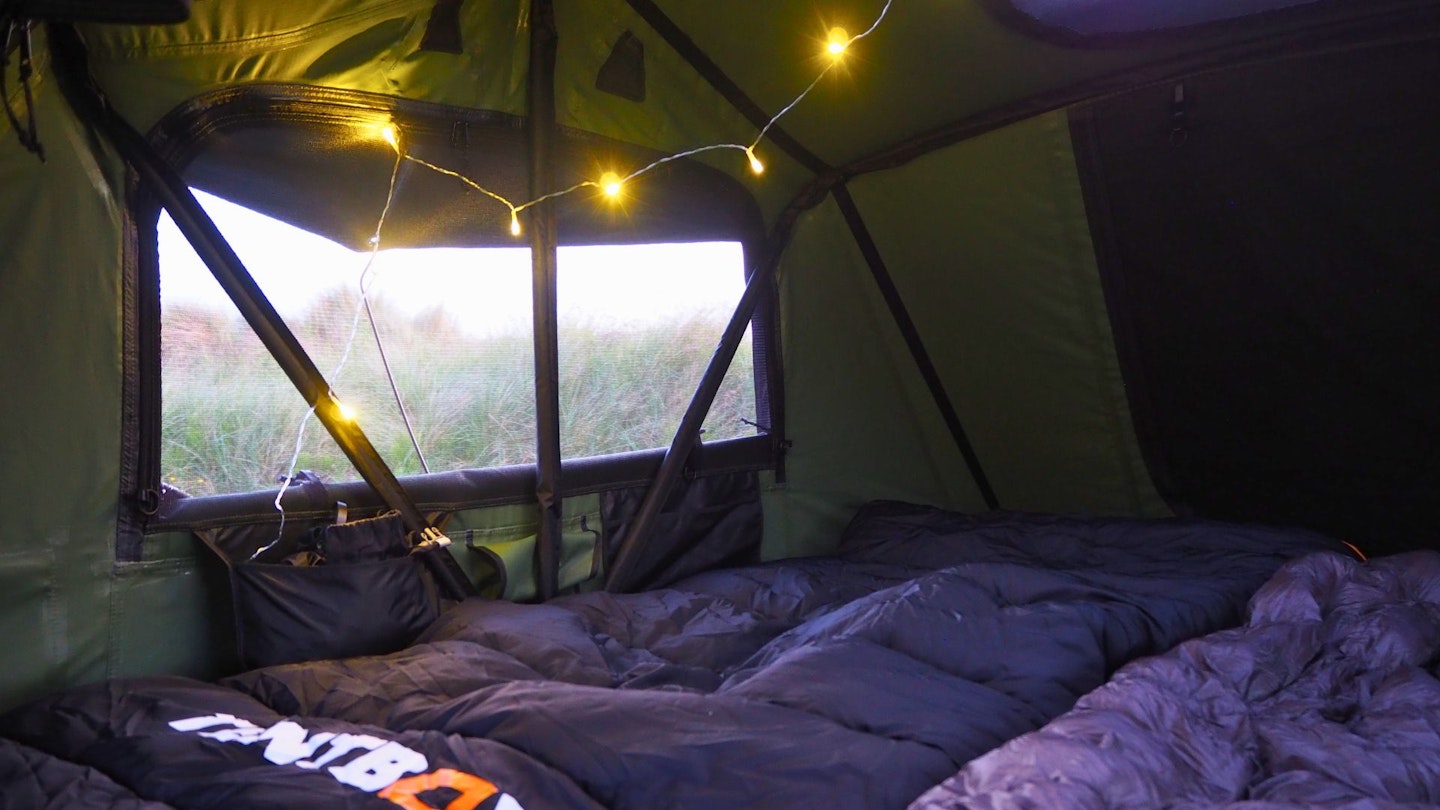
In a regular tent, it’s all about making the space as comfortable as possible with additions like mattresses and lights. We’ve found that the interior of a roof tent is much, much nicer place to sleep in compared to a standard tent.
The walls are thicker and you get a proper mattress, so it feels very cosy and more like an actual bedroom. And a proper mattress is a very welcome addition after a long day’s hiking up Munros for example. Being off the ground improves comfort too, because body heat isn’t being sapped away beneath you like in a regular tent.
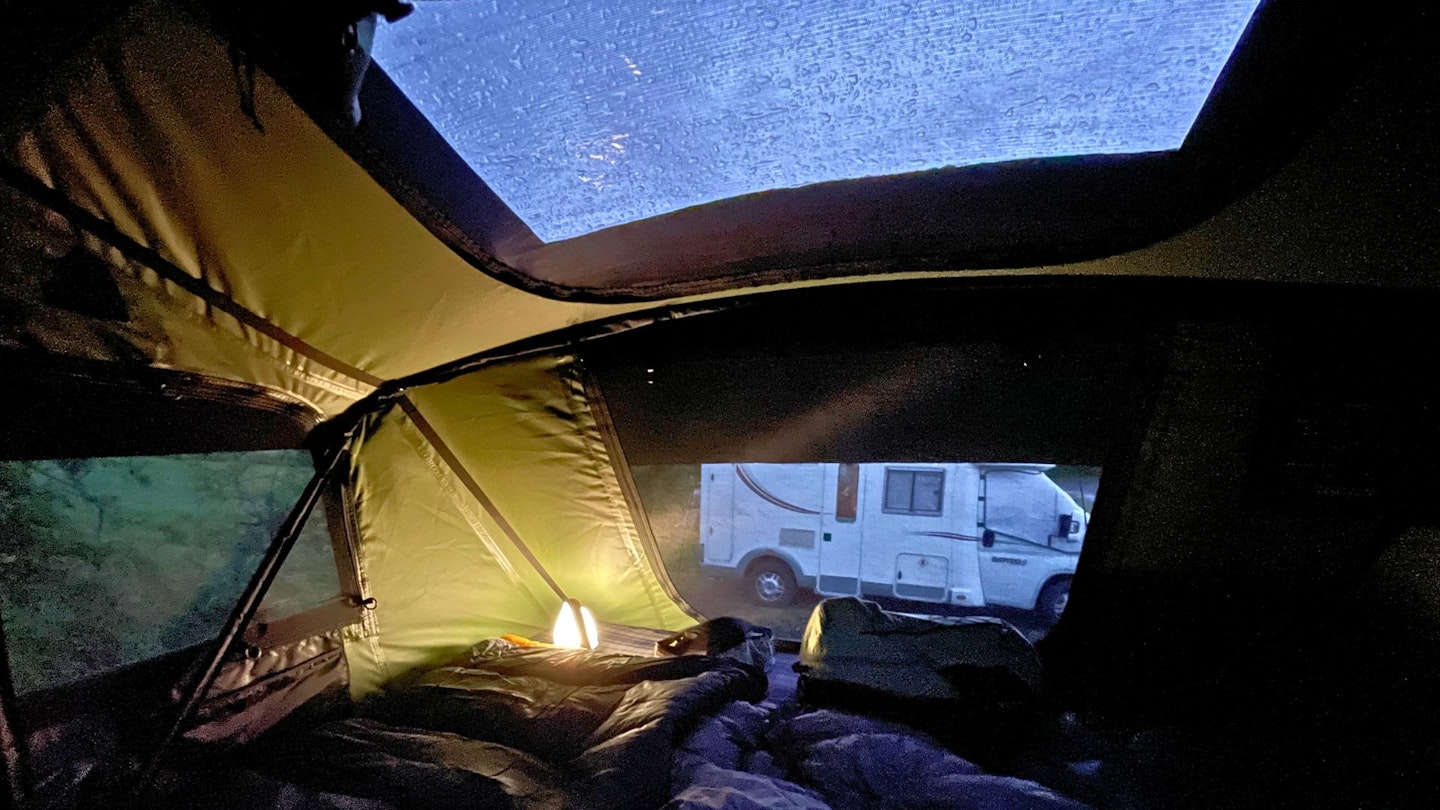
There is something else that we think makes a roof tent an exceptional sleeping pod too: light. Depending on the model, a roof tent may come with skylights and this is a great addition. Having skylights unzipped lets light and air (preventing condensation) in while the windows are zipped up, giving you privacy and draught protection. Or, if it’s balmy you can open the whole thing up – even remove the flysheet in some cases.
Hardshell roof tents are more restricted in terms of window configuration but they still provide the same sleeping comfort.
How many people can you comfortably sleep in a roof tent?
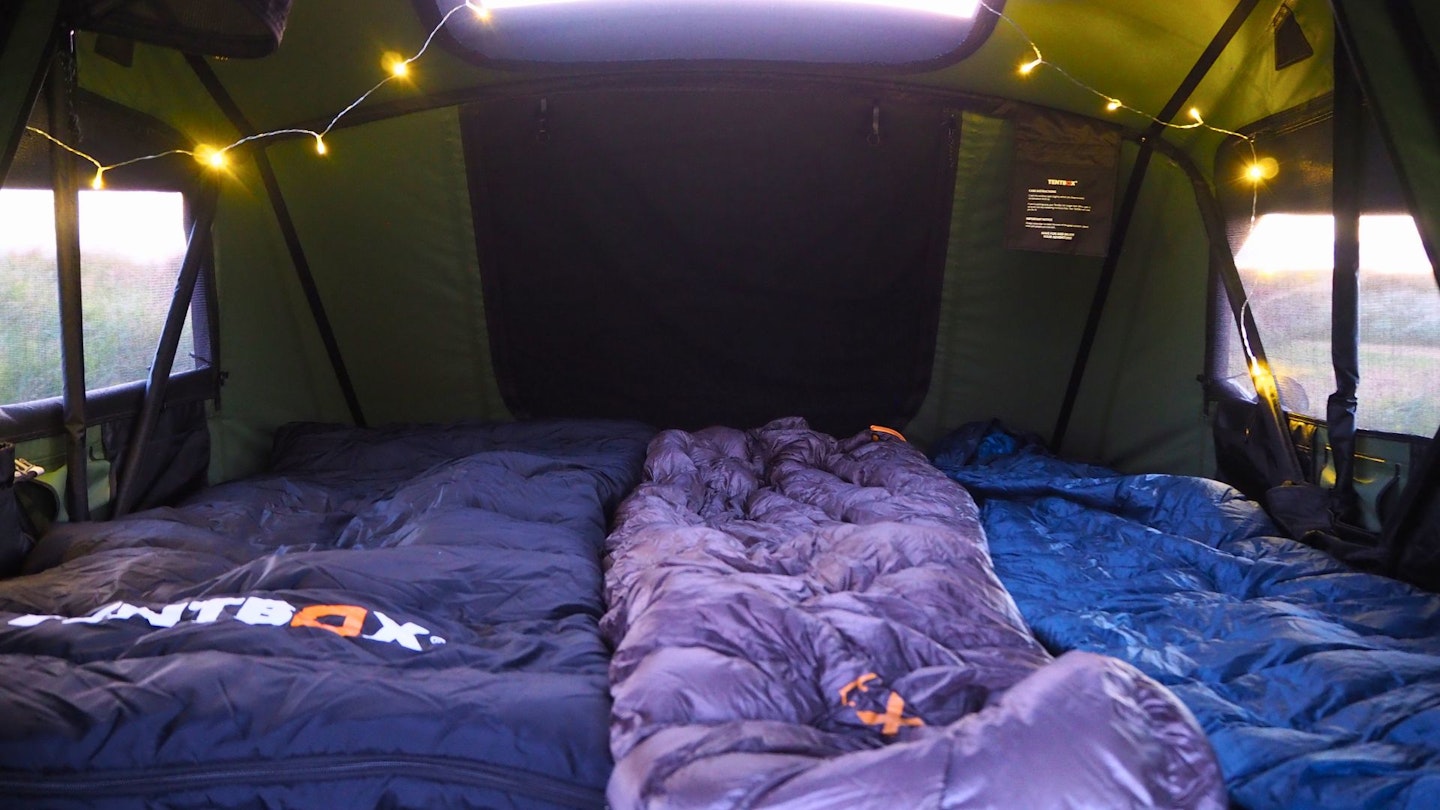
Almost all are comfortable for two adults, but there are some larger roof tents like the TentBox Lite XL we took up to Scotland that aim to cater for four. Our experience of the Lite XL (its mattress measuring 240 x 180cm) is that it’s perfectly comfortable for three adults. It could sleep four but would be snug. However, we think two adults and two smaller children would be fine.
How weatherproof and stable are roof tents?
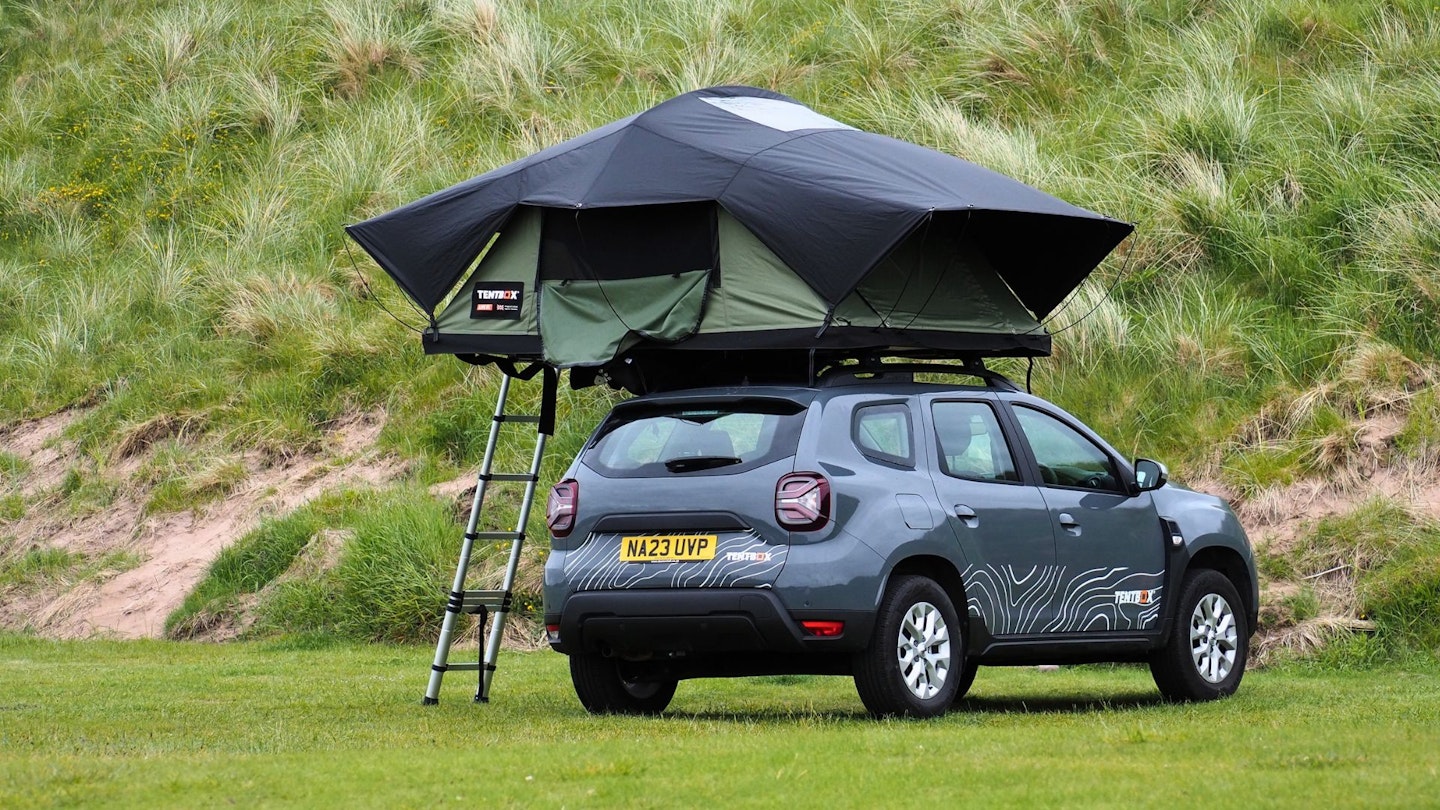
Our experience with roof tents in wet and/or windy conditions has been a positive one. We can understand how being elevated feels far less stable than sleeping on the ground, but remember the roof tent is anchored to a two-tonne vehicle.
To keep them rigid, roof tents have aluminium frames that we’ve always found to cope well in windy conditions (within reason). The TentBox models are rated to cope with winds up to 39mph for example. That said, as with a tent or campervan, you’re always best to try and find a sheltered position. Those with the best views are often more exposed.
We’ve never had issues with rainwater getting inside a roof tent. The TentBox Lite XL has a flysheet and a canvas that both have decent hydrostatic head ratings (5000mm HH for the fly and 3000mm HH for the inner fabric).
What about living space?
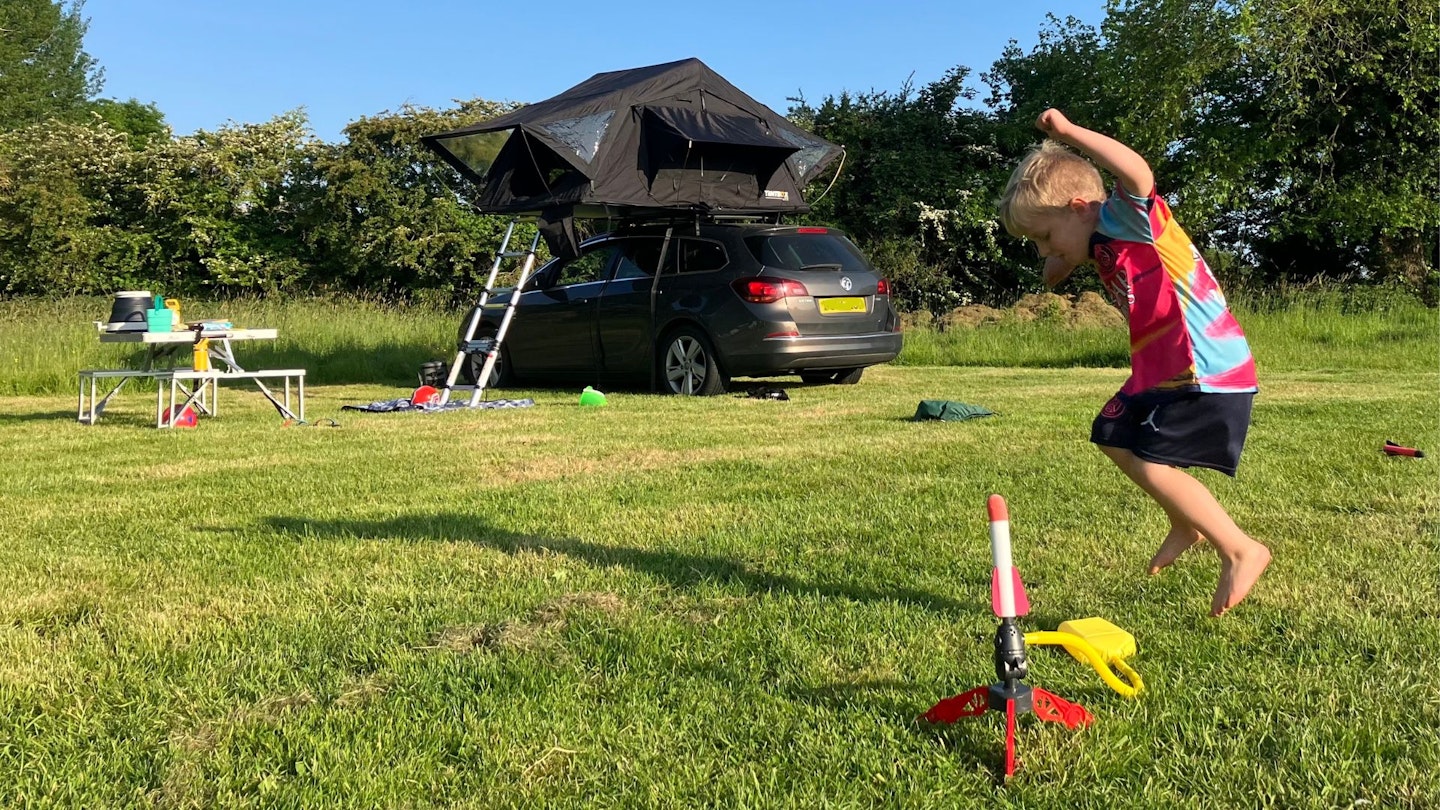
Roof tents are often angled as a simple way to convert your car into a campervan. But we’re not sold on that. A car with a roof tent is not a campervan because a campervan also has amenities like a kitchen and living quarters.
A roof tent doesn’t have a kitchen or a living space. So, unless you bring a gazebo or purchase one of the roof tent brand’s additional awnings, you’ll be doing your living outside.
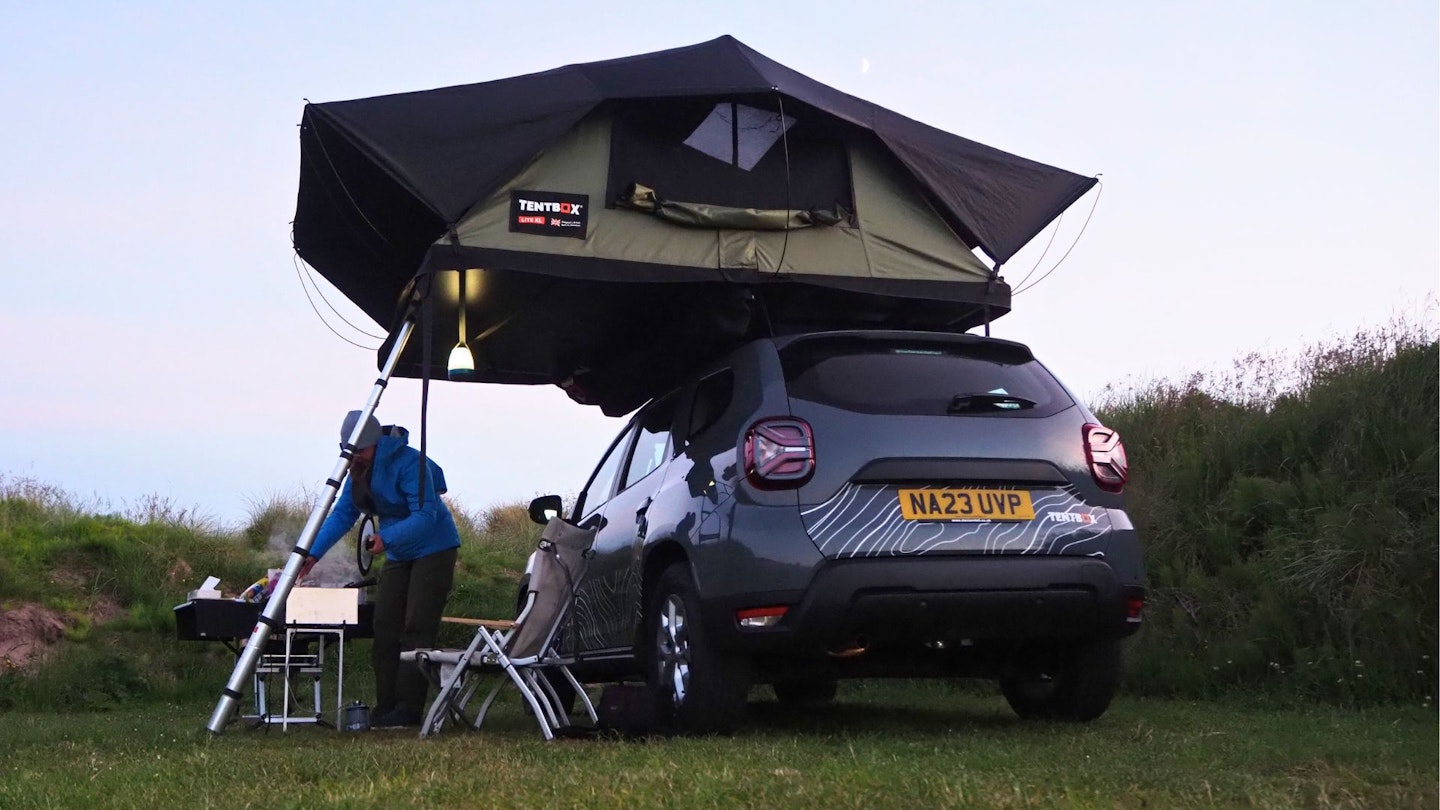
On pleasant summer evenings (or even still winter nights) this is idyllic, but with a brisk wind or persistent rain, your elevated bedroom will be doubling as a living space. It’s not necessarily a problem, but something to bear in mind.
Is a roof tent for you?
To summarise, here are thoughts on roof tents:
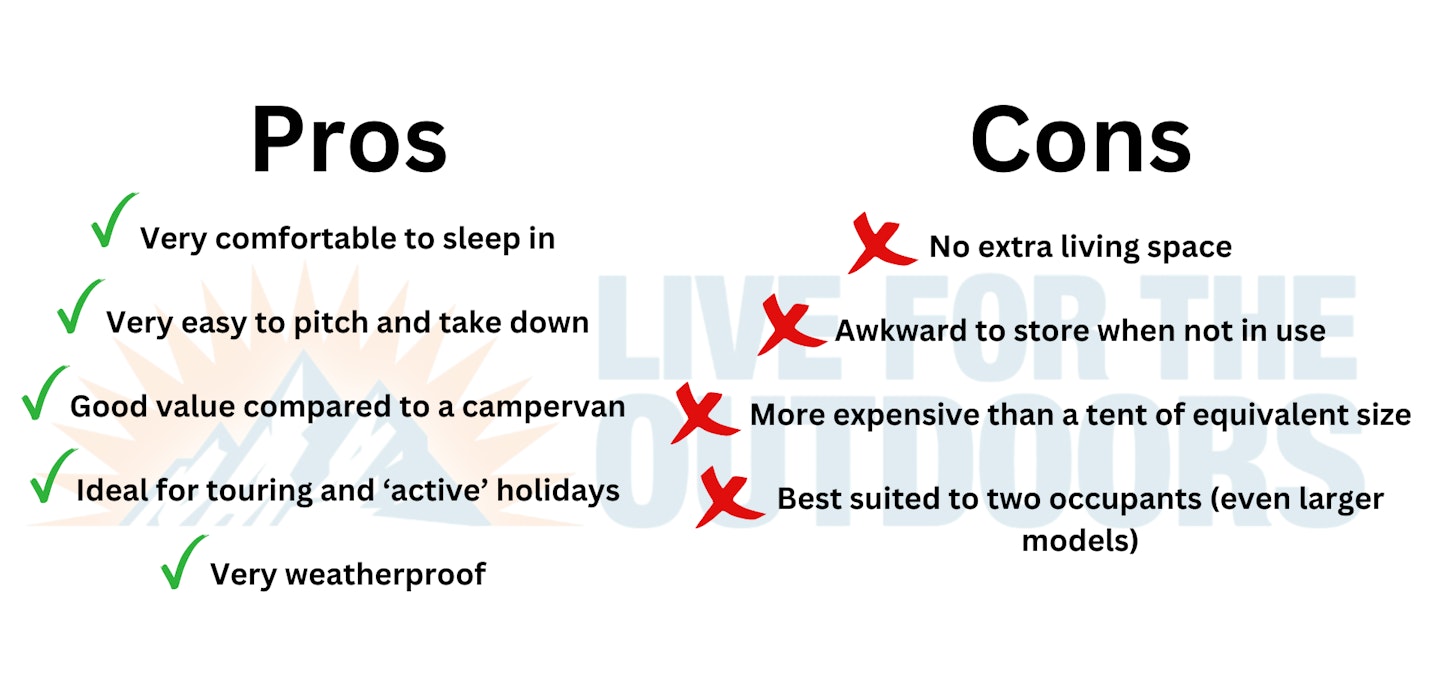
In our opinion, there is a specific type for whom a roof tent is best suited: a pair whose favourite recreation and form of travel are ‘active’ getaways and road trips that involve only staying a night or two at any one place, hiking/cycling/trail running/base jumping during the day rather than lounging at camp.
For families, roof tents aren’t big enough (unless you take an additional tent with you or prefer sleeping in snug quarters), and for those that like a small house on wheels full of amenities, well, a campervan is still your best bet there too.
About the author

Chris Williams is our Senior Writer on LFTO. In addition to working in the outdoor industry for several years, he also has a lot of personal experience with hiking and camping because these are hobbies he has enthusiastically pursued his entire life.
